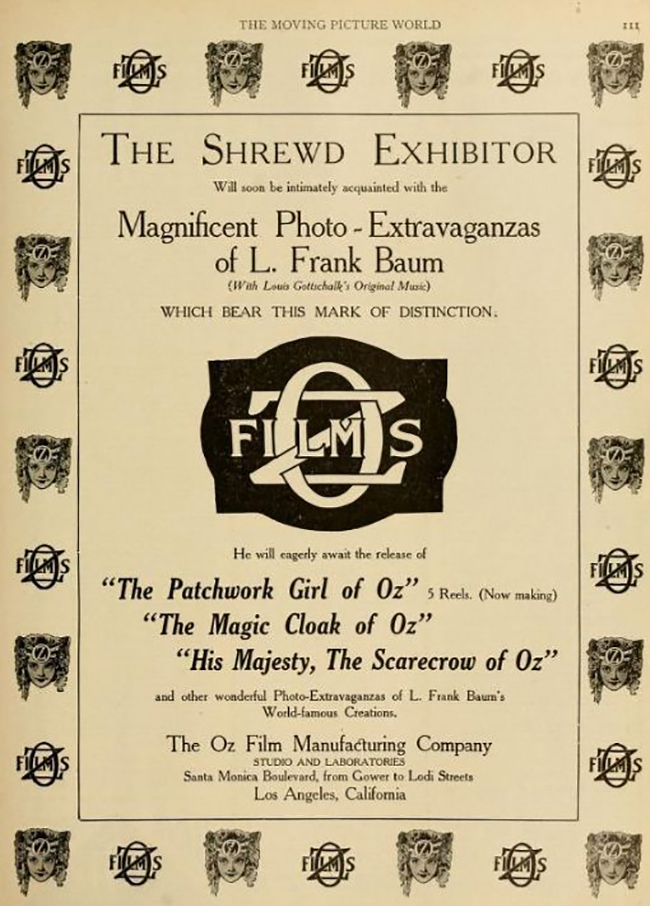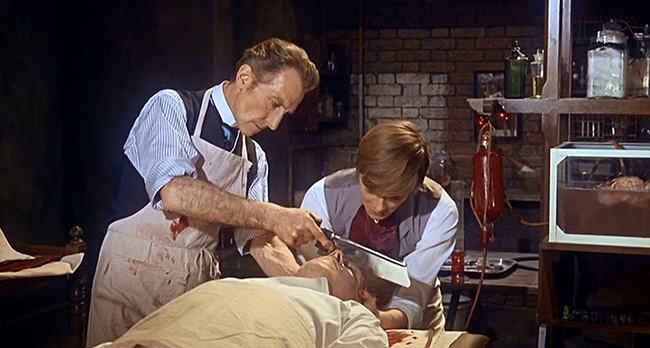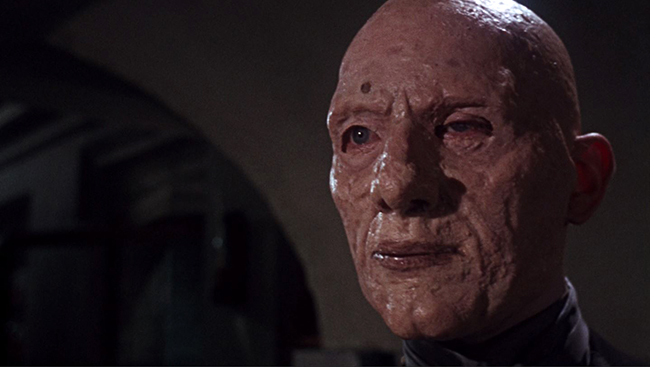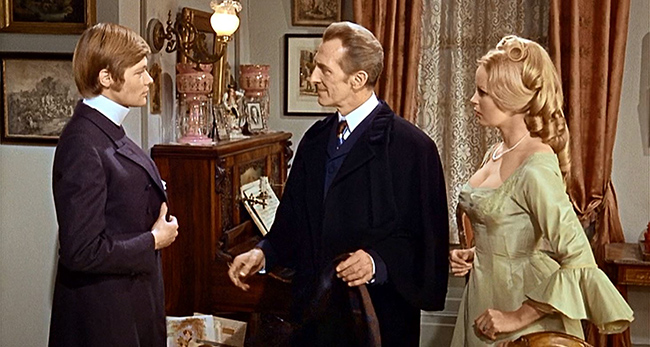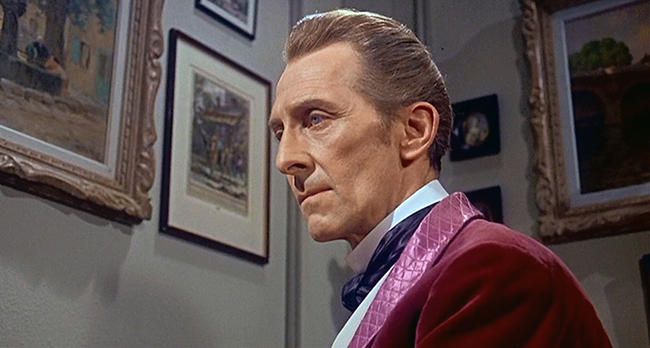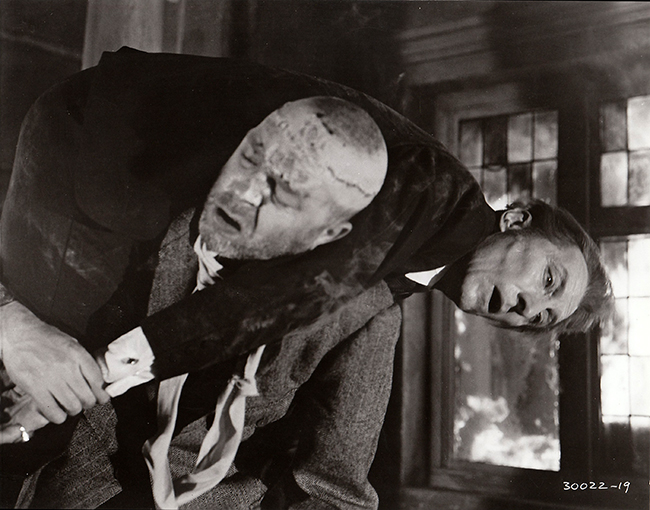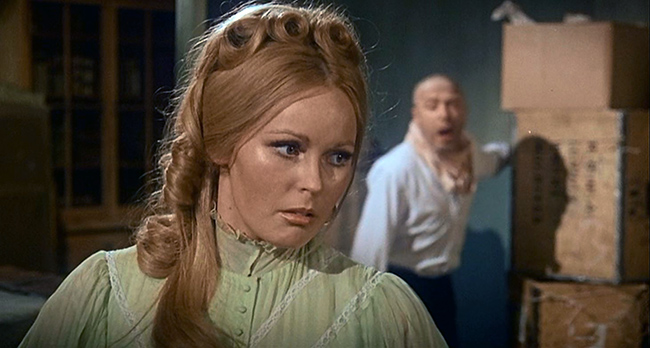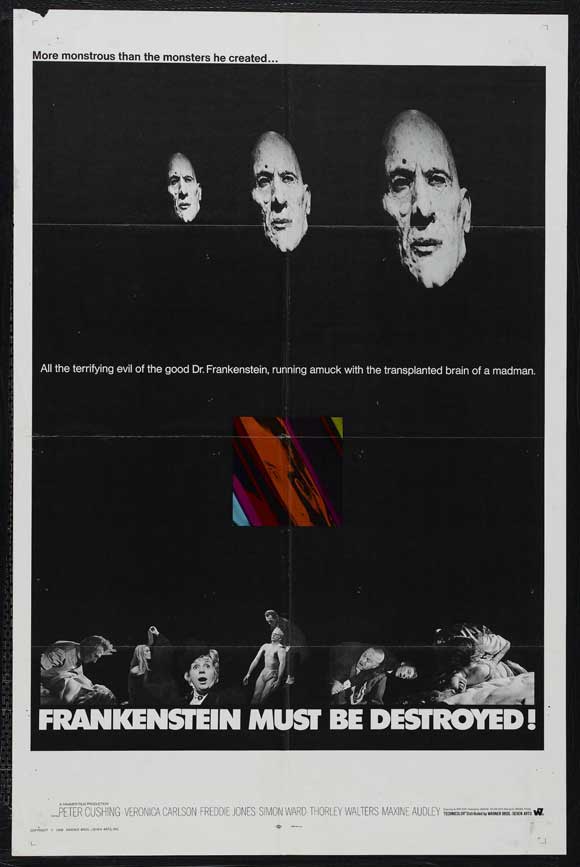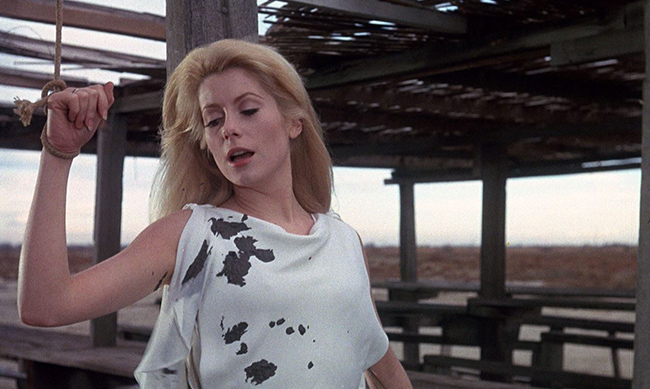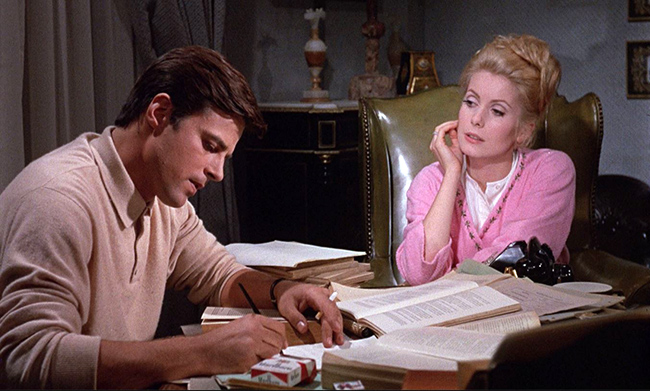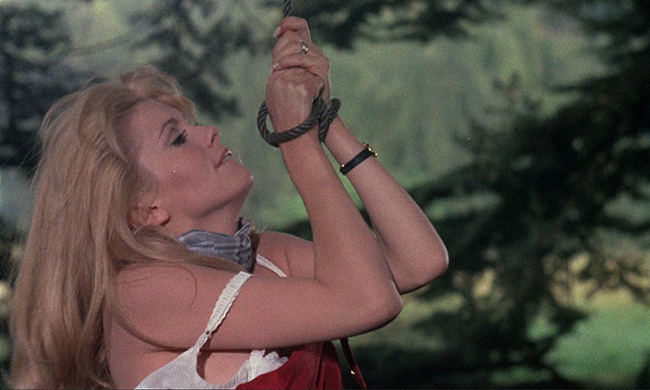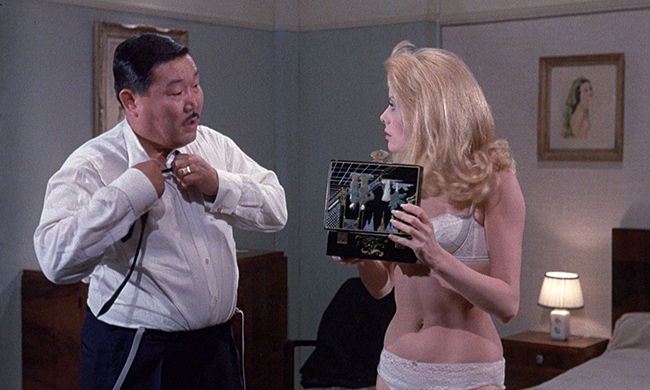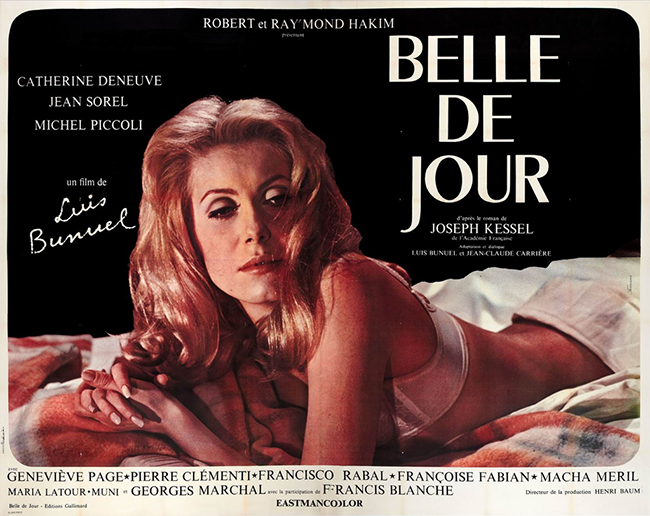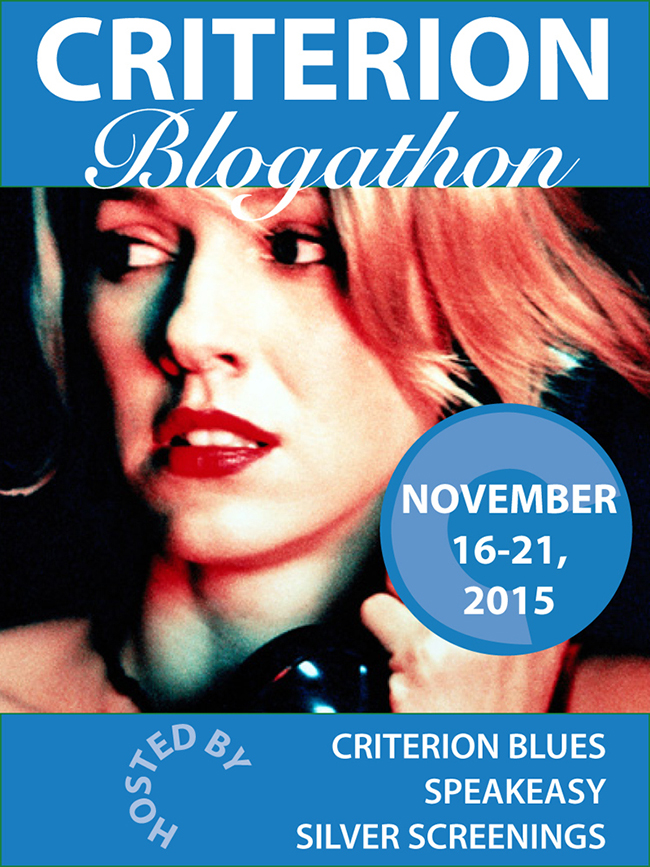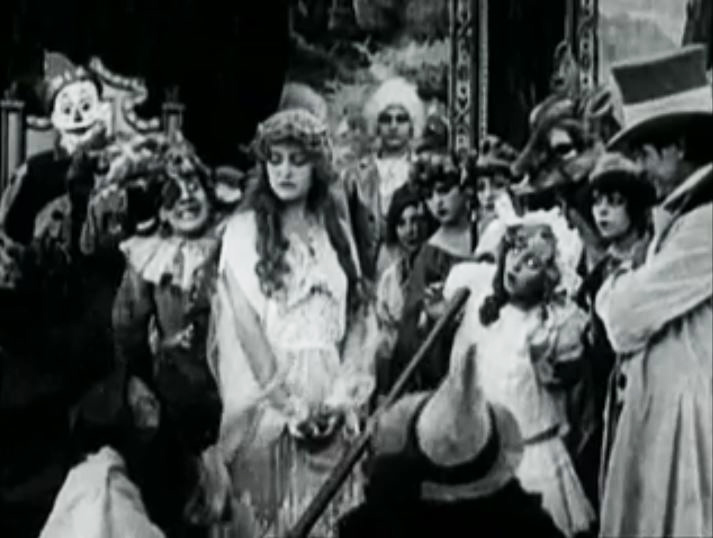
During his lifetime, L. Frank Baum was eager to franchise his talents, whether it be his popular series of Oz novels or (since he felt himself chained to the Land of Oz) the many other original fairy tales he preferred to be writing. He proclaimed that he would launch a Land of Oz amusement park, which, although never realized, sounds like it would have been a proto-Disneyland. He was also a big fan of the theater, and after the runaway success of the 1902 musical adaptation of The Wizard of Oz, wrote The Woggle-Bug (based on his second Oz novel, The Marvelous Land of Oz), which opened and closed with unfortunate speed in 1905. Baum pressed on with 1913’s The Tik-Tok Man of Oz, which played to modest success in Los Angeles, San Francisco, and Chicago, but the production was deemed too expensive to continue. In 1908 he began to merge stage with cinema in the Oz-themed Fairylogue and Radio-Plays: Baum himself would narrate in person as the play was performed both on stage and on hand-tinted film, and the production contained the earliest documented original film score. But this was so expensive to produce that it nearly ruined Baum, and drove him to write more and more Oz books to satisfy his debts. Years later he was lured back to the silver screen once more. As Peter Glassman writes in his 1998 afterword to Baum’s Rinkitink in Oz, “Baum – who had moved in 1910 to the small community of Hollywood, California – agreed to participate in a new venture involving the fledgling silent-film industry that was burgeoning all around him. With several friends from a fraternal organization named The Uplifters, Baum started The Oz Film Manufacturing Company.” A studio was constructed off Santa Monica Boulevard, promising “magnificent photo-extravaganzas of L. Frank Baum,” and the 5-reel films The Patchwork Girl of Oz (which Baum had previously planned for the stage), The Magic Cloak (based on Baum’s non-Oz novel Queen Zixi of Ix), and His Majesty, the Scarecrow of Oz. These, along with The Last Egyptian (based on a book Baum wrote under a pseudonym), were produced by the studio in 1914. But the films were indifferently received by the public, and after sputtering onward with a handful of shorts (now lost), the studio closed in 1915.
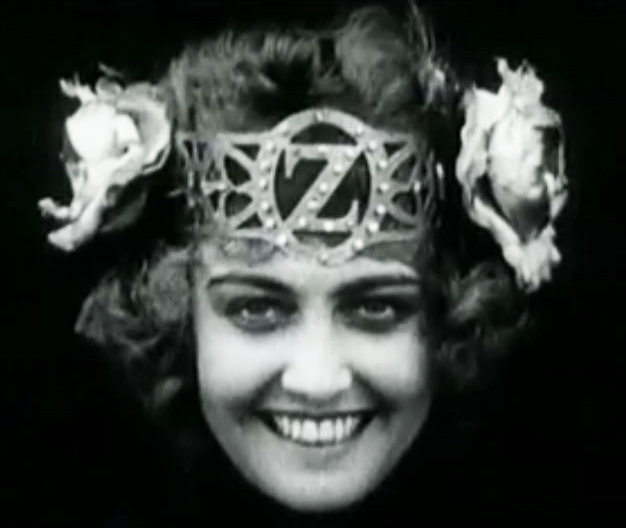
Ozma’s smiling face welcomes young viewers to the film.
His Majesty, the Scarecrow of Oz (1914), directed by J. Farrell MacDonald, was intended to exploit one of the most popular characters of the books, the bumbling, kindly Scarecrow. Baum intended some marketing synergy, releasing the film to help promote his forthcoming Oz novel, The Scarecrow of Oz (1915), and vice-versa. (The book features a dedication to the Uplifters, who financed his production studio: “They are big men – all of them – and all with the generous hearts of little children.”) Both the film and the novel share many plot elements, though they’re dissimilar enough that the book could hardly be called a novelization. In the novel, Baum used as his protagonists two characters – Cap’n Bill and Trot – from his non-Oz books The Sea Fairies and Sky Island. In this way, Baum demonstrated not just the marketing savvy of Walt Disney but also Marvel Comics – you had to collect a bookshelf’s worth of Baum to follow the thread. But for the feature film, there’s no sign of Cap’n Bill or Trot. The leads are mostly characters from the Oz series which would have been very familiar to the young audience: the Scarecrow, the Tin Woodman, Dorothy Gale, the Wizard, Button-Bright, the Sawhorse, the Cowardly Lion. As in the book, Princess Gloria (Vivian Reed) falls in love with a gardener’s son, Pon (Todd Wright), but is ordered by her father, King Krewl (Raymond Russell) to wed a courtier named Googly-Goo (Arthur Smollett). When she refuses, her father takes her to see the witch Mombi (Mai Wells) – a character from The Marvelous Land of Oz – so that her heart can be literally frozen by Mombi’s magic. Dorothy (Violet MacMillan) and Pon intervene, and Pon is ultimately transformed into a pantomime kangaroo. Dorothy takes Gloria to see the Wizard (J. Charles Haydon) so that her heart can be melted, along the way gathering together the Scarecrow (Frank Moore), the Tin Woodman (Pierre Couderc), the Cowardly Lion (Fred Woodward, credited as playing all the costumed animals), and Button-Bright (Mildred Harris, the future Mrs. Charles Chaplin).
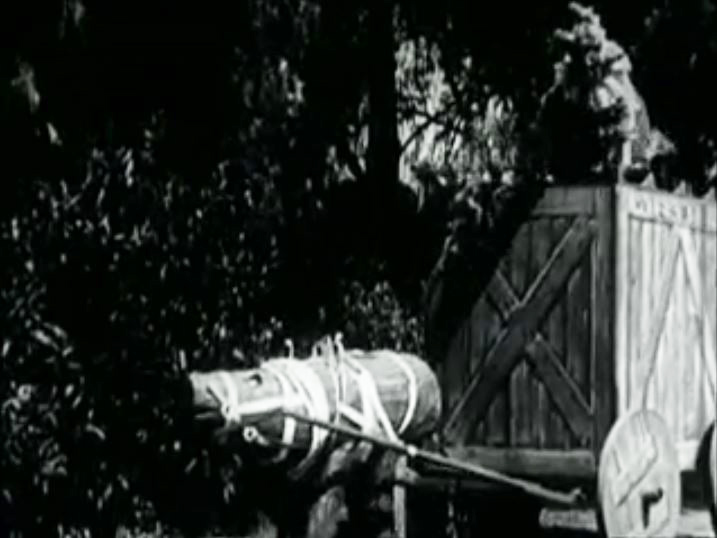
The Wizard’s Sawhorse pulls the trapped witch Mombi (Mai Wells).
This is unequivocally a children’s film, with its pantomime mule and kangaroo hamming it up for the camera, little jokes that children can follow (the witch is trapped in a can called “Preserved Sandwitches,” and the Wizard paints over the “Sand” and “-es”), and a simple story which is faithful to the linear style of plotting in the Oz books. But most charming are its early-cinema special effects – crude at times, but always inventive and generously supplied. The witch conjures beautiful dancing girls from a cauldron, who then turn into hags that fly away on broomsticks. When she freezes Gloria’s heart, she holds a hand over the girl’s chest, the heart appears in it, and then – through a dissolve – becomes covered with ice. Later, the witch sets upon the Scarecrow and tears the straw out of him, and there is an effective switch where the actor is replaced by an unoccupied suit which Dorothy lifts off the ground. The Tin Woodman nearly chops off the Scarecrow’s head when he’s oiled out of immobility, and a few moments later actually decapitates Mombi, in a Méliès-style effect. She holds it in her hands and gently places it back between her shoulders. In the film’s most successful gag, a river journey by raft is interrupted when the Scarecrow gets the pole stuck in the mud, and is lifted off the raft while it drifts on. He sinks slowly down into the water, where he fights a swordfish and encounters a mermaid with a parasol. When he climbs to the surface again, he’s carried away by a pantomime crow. The crow drops him to the ground, and they dance – hilariously – before Dorothy scares the crow off.
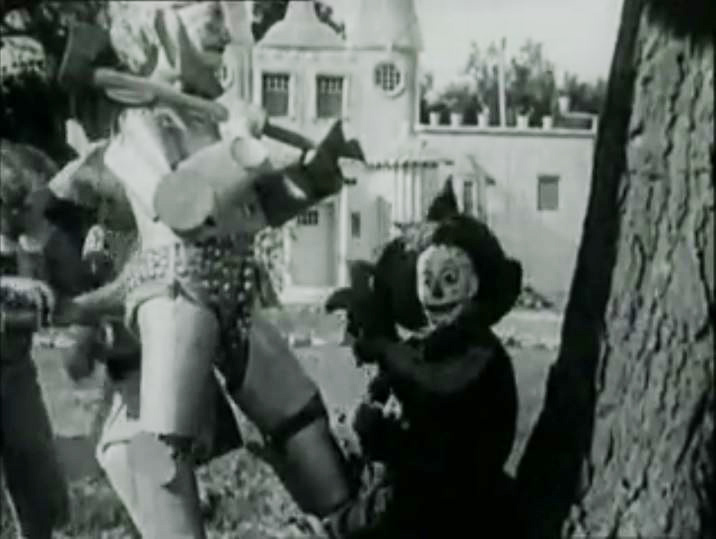
At the Tin Castle of the Tin Woodman.
What’s most enjoyable about this artifact of early film is that it represents L. Frank Baum’s vision – not the 1939 film and all it influenced – but an Oz of the early twentieth century, an Oz usually illustrated by John R. Neill, an Oz quaint, simple, and cheerfully odd. Although not a perfect adaptation, it looks like the books come to life, or at least as much as was possible in 1914. The Cowardly Lion looks like Neill’s lion, the clown-like Scarecrow very much like Neill’s. Even the Sawhorse – who arrives pulling a box with the Wizard astride it – is brought to life with loving accuracy. (I don’t know how it was done – either by puppetry or by a very uncomfortable actor with the commitment of Lon Chaney.) But His Majesty, the Scarecrow of Oz didn’t find much of an audience, and neither did its predecessors from the Oz Film Company. It was re-released as The New Wizard of Oz a few months after its initial release and performed slightly better, but Baum’s new venture couldn’t hold out for much longer. The commercial failures of his production company came at a time when Baum was already suffering from angina, and his health began to steeply decline, though he continued to write Oz books up until his death in 1919. In The Magic of Oz, the first of two Oz books published posthumously, Baum left a final message to his readers, an optimistic hello rather than a farewell: “A long and confining illness has prevented my answering all the good letters sent me – unless stamps were enclosed – but from now on I hope to be able to give prompt attention to each and every letter with which my readers favor me. Assuring you that my love for you has never faltered and hoping the Oz Books will continue to give you pleasure as long as I am able to write them, I am/Yours affectionately, L. Frank Baum, ‘Royal Historian of Oz.'” Below this he left an address: “‘Ozcot’/at Hollywood/in California/1919.”
